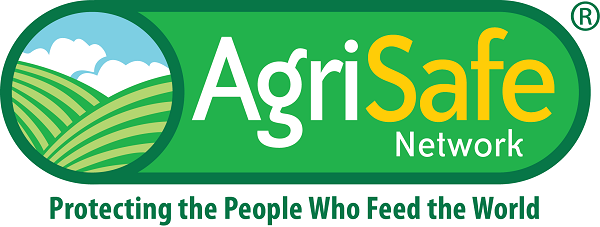AgriSafe Learning
Courses
Learn more about courses and certifications for ag health and safety professionals.
Resource Library
Access resources, curriculum, and content specific materials from our library.
Upcoming Webinars
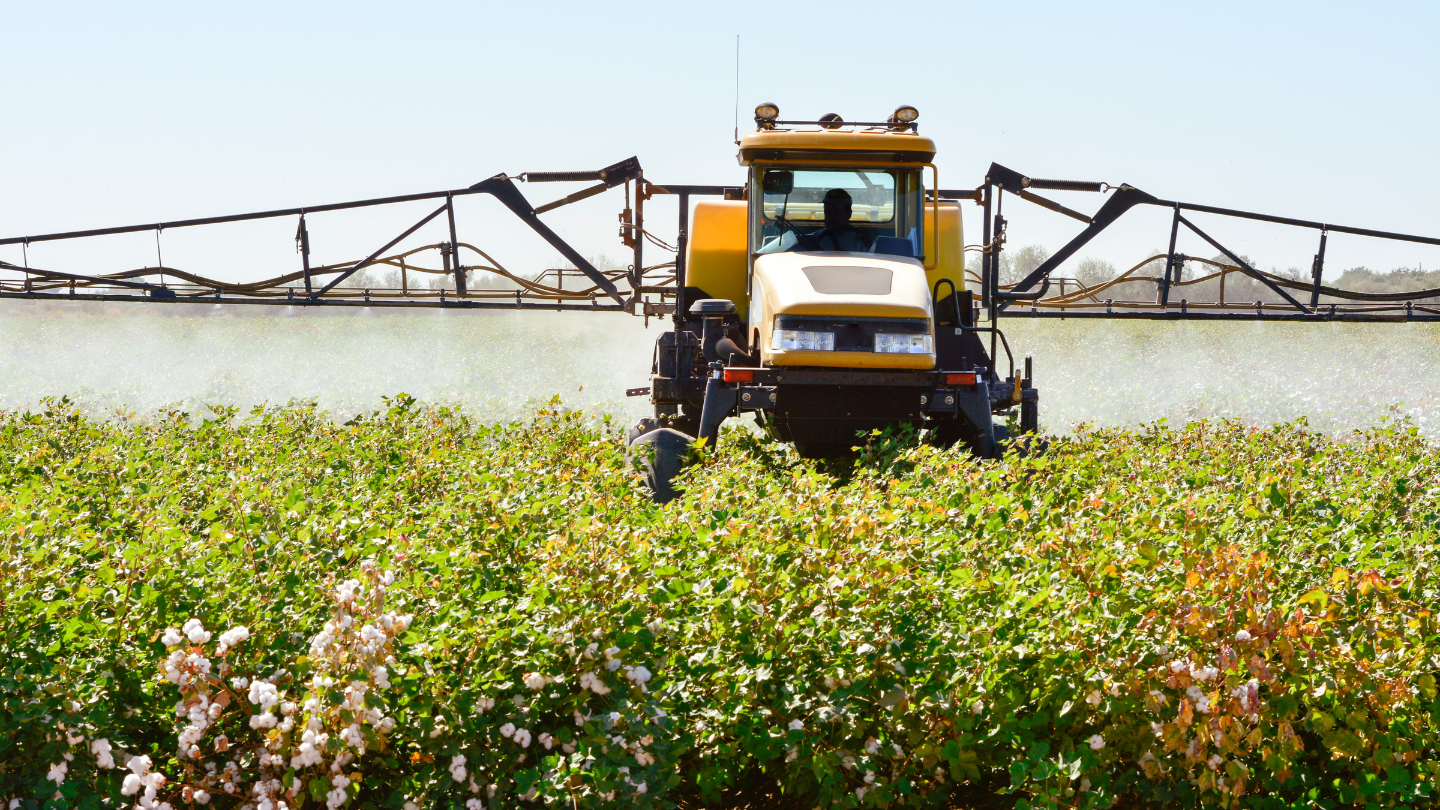
Environmental Health Literacy and Agricultural Exposures: Where Ag Safety and Cancer Prevention Meet (Live 4.10.25)
There is growing concern over the role of environmental and occupational exposures in rising cancer rates in Iowa and across the country. People employed in agriculture and related industries in rural areas may face unique environmental and occupational exposures, besides genetic and behavioral risk factors, that can cause cancer. Rural barriers to accessing healthcare may compound the effects of environmental and occupational exposures in these settings. Understandable and actionable risk communications can help address existing rural cancer disparities. In this presentation, Audrey Tran Lam, Environmental Health Program Director at the University of Northern Iowa's Center for Energy and Environmental Education, and Caroline Powell, Environmental Outreach Coordinator at the Iowa Cancer Consortium, will provide tips on how to integrate evidence-based environmental health and cancer prevention information into rural and agricultural work. Participants will learn how to better communicate risk, answer questions, and strengthen environmental health literacy in their communities.
Continuing Education
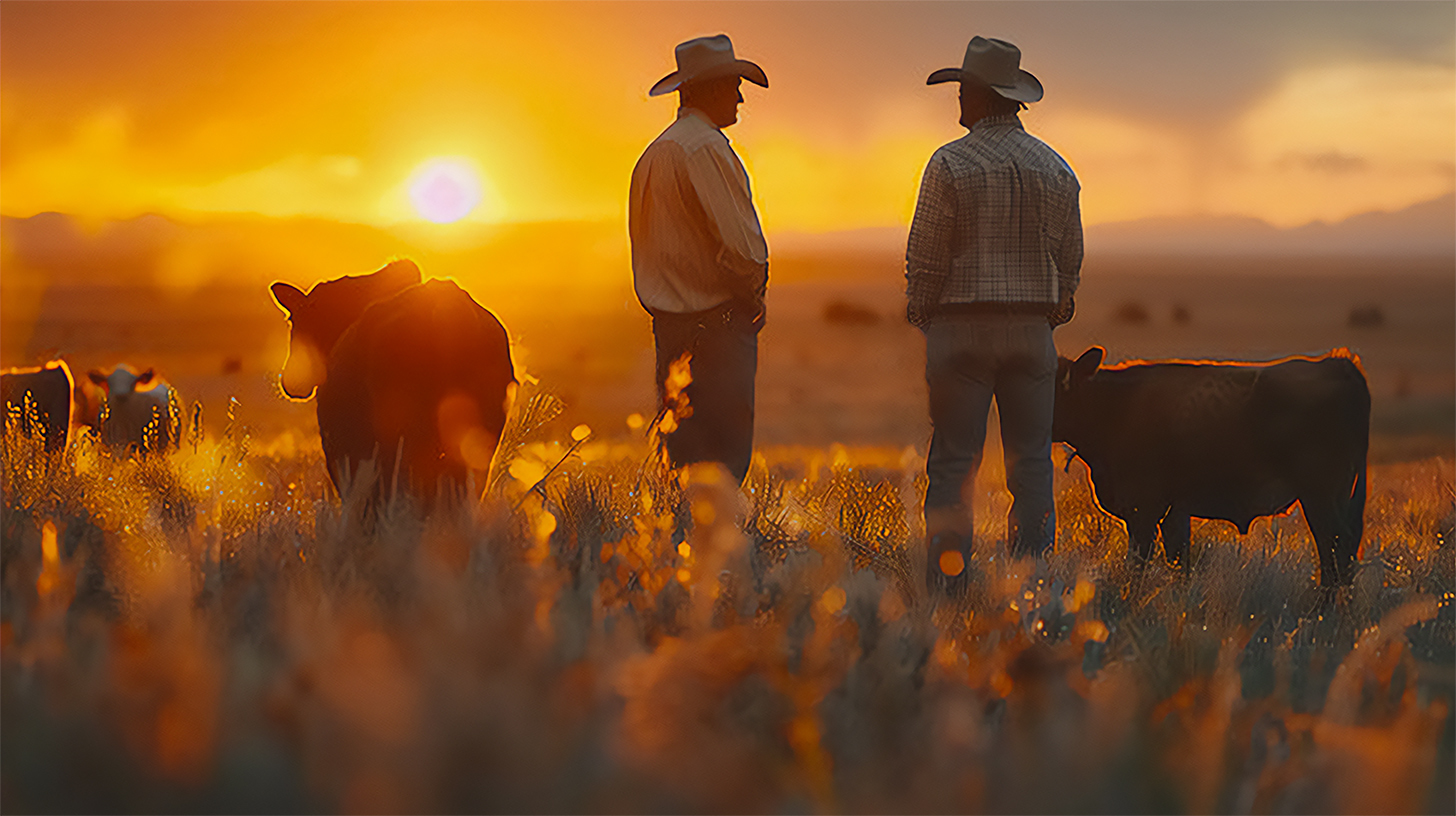
Conversations on Access to Lethal Means (CALM) Training (Live 4.16.25)
CALM (Conversations on Access to Lethal Means) is a suicide prevention training that encourages safe storage of lethal means (firearms and medications) during a suicidal crisis. By temporarily putting time and distance between a suicidal person and highly lethal means, a life may be saved. CALM: Counseling on Access to Lethal Means was originally created as a workshop designed for mental health professionals.

Clinician Workshop: Counseling on Access to Lethal Means (CALM) (Live 4.21.25)
Counseling on Access to Lethal Means (CALM) is a powerful addition to existing strategies to reduce the risk of suicide death in at-risk people while respecting their rights and autonomy. Help keep your at-risk clients safe by learning how to collaborate with them to implement safe storage of firearms and dangerous medications. This training is listed in the Suicide Prevention Research Center's best practice registry. The oldest and mot widely-used training on lethal means safety, CALM teaches why means matter and equips individuals with tools to intervene effectively with those at risk for suicide both upstream--before a crisis hits-- as well as in times of crisis. This training workshop is designed specifically for clinicians and includes case studies, breakout discussions and valuable clinical training videos.
Continuing Education

Naloxone Training: Responding to Opioid Overdose (Live 4.22.2025)
Overdose deaths are a leading cause of injury-related death in the United States and the majority of overdose deaths involve opioids. This epidemic is impacting communities all across the country. Naloxone is a life-saving medication that can reverse an overdose from opioids when given in time. This session is designed to prepare communities and non-medical public and safety professionals to recognize and respond to an opioid overdose. Participants will learn the warning signs of opioid overdose and how to intervene safely using naloxone.
Continuing Education

QPR for Farmers and Farm Families (Live 5.22.25)
What is QPR? QPR training teaches laypeople and professionals to recognize and respond to mental health crises using the approach of Question, Persuade and Refer.
To attend this training participants must be 18 years of age or older.
In this 1.5-hour QPR training, we will provide:
Information on the unique challenges farmers face that can lead to stress, depression, and suicide.
Examples implementing each QPR component with someone at risk for suicide.
Information on how to help someone at risk of suicide.
Registration spots are limited, so please only register if you can attend the event. No recording of this training will be available.
Continuing Education
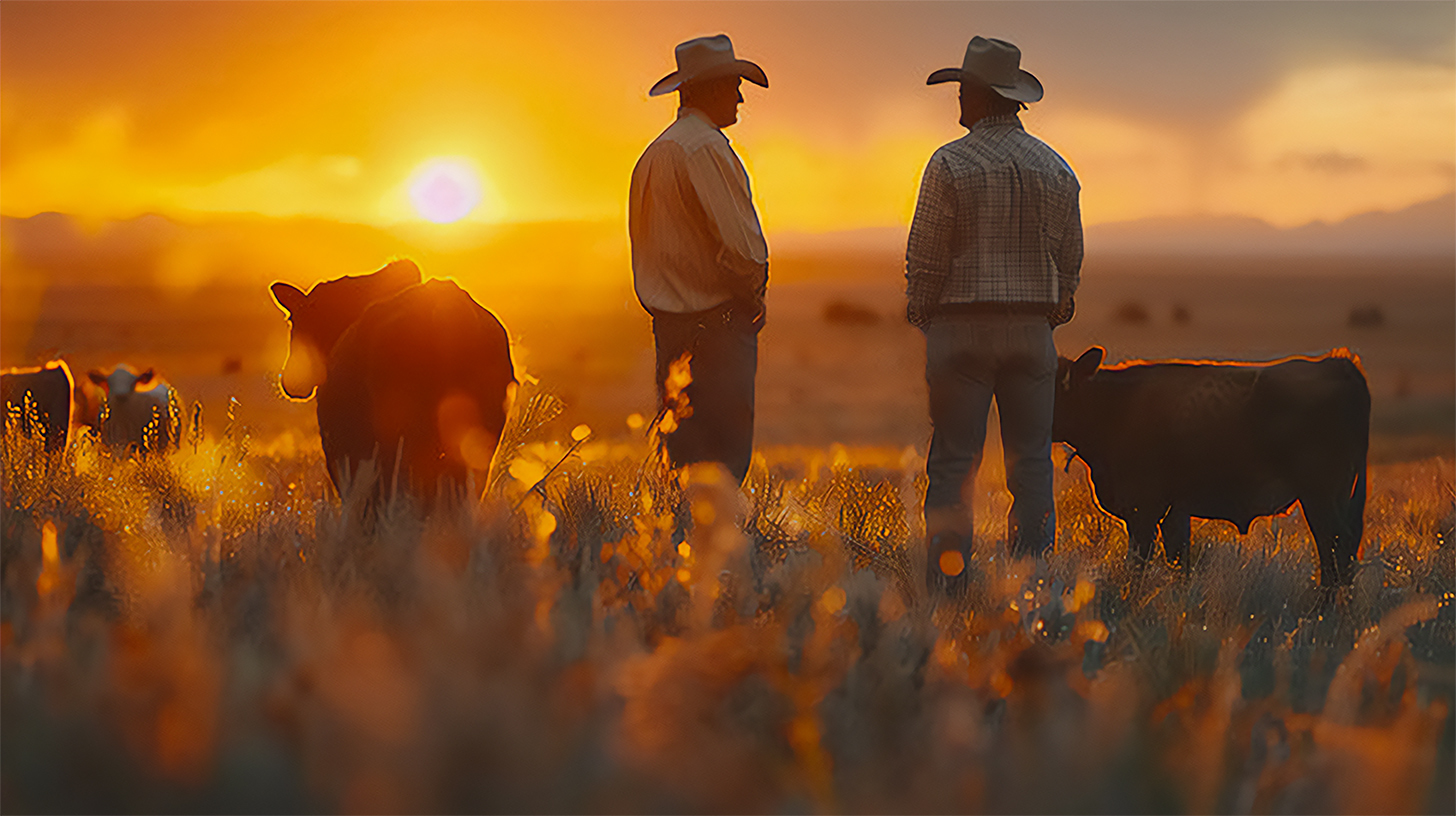
Conversations on Access to Lethal Means (CALM) Training (Live 6.18.25)
CALM (Conversations on Access to Lethal Means) is a suicide prevention training that encourages safe storage of lethal means (firearms and medications) during a suicidal crisis. By temporarily putting time and distance between a suicidal person and highly lethal means, a life may be saved. CALM: Counseling on Access to Lethal Means was originally created as a workshop designed for mental health professionals.
Check out AgriSafe's most recent webinars!
Continuing Education
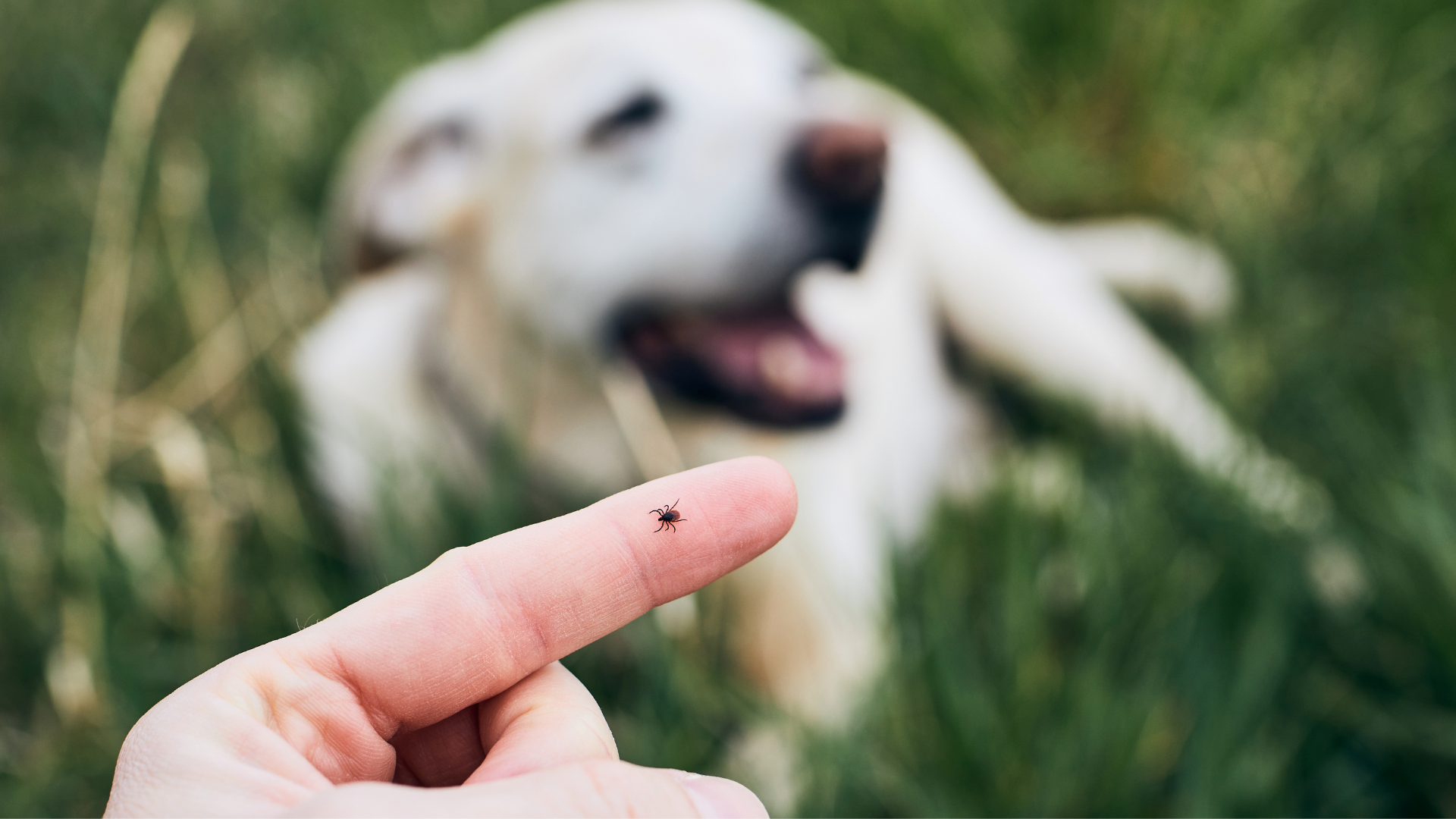
Zoonoses in a Changing World
For centuries, zoonotic diseases have impacted humans in many ways. This presentation will focus on vector borne pathogens by discussing the vectors and trends with geographic distribution, temperature effects, and habitat management since the late 1890’s through today and potential future impacts. We are seeing in real time, the expansion of geographic range of certain tick and mosquito species. Between climate changes and globalized travel, the etiology of spread is sometimes clear but can also be difficult to diagnose. As the world has changed and continues to change, zoonotic diseases remain impactful.

Advancing Safety Skills in Forestry Settings with Virtual Reality
The use of virtual and augmented reality simulators for safety training and health curricula is increasing and more available in fire safety, mining, aviation, and healthcare. The next generation of learners will engage in experiential learning throughout their educational journey, beginning in the classroom, and extending to their mobile devices and to on-site activities. This session will describe the advantages and benefits of applying virtual reality (VR) training in the workplace. Lessons learned from piloting a VR training module to increase worker skills and knowledge about the hazards, risks and controls during high risk activities in forest settings will be described.
Continuing Education
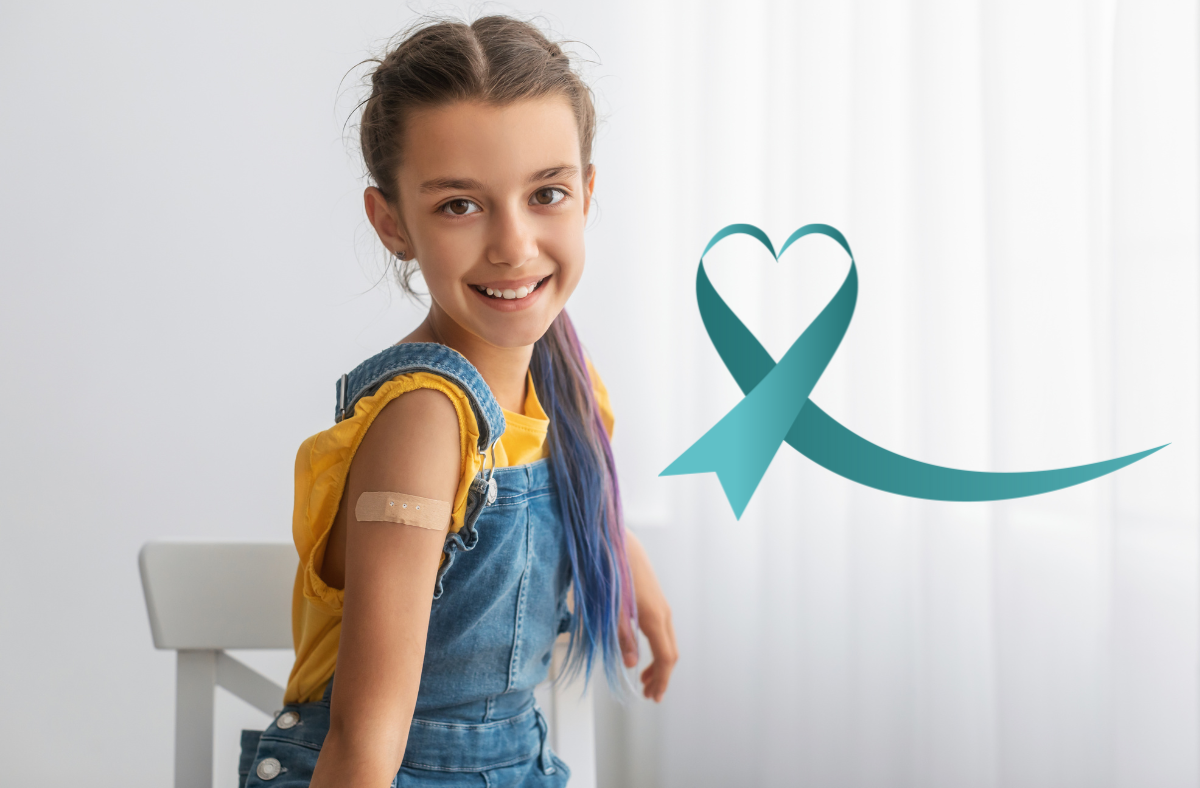
Keep Rural Communities Healthy: The Role of HPV Vaccination
This webinar will focus on opportunities to increase HPV vaccination coverage with rural communities to prevent HPV cancers. We will provide an overview of HPV epidemiology and share efforts by the St. Jude HPV Cancer Prevention Program, including the implementation of six priority action steps, and other strategies for improvement. These steps involve promoting HPV vaccination starting at age 9, compiling and adapting existing resources for rural communities, training healthcare providers in rural areas, exploring policy influences on rural HPV vaccination, developing targeted messages for rural communities, and updating data on HPV vaccination and HPV cancers in rural areas. Participants will gain valuable insights into effective strategies and resources tailored for rural communities.
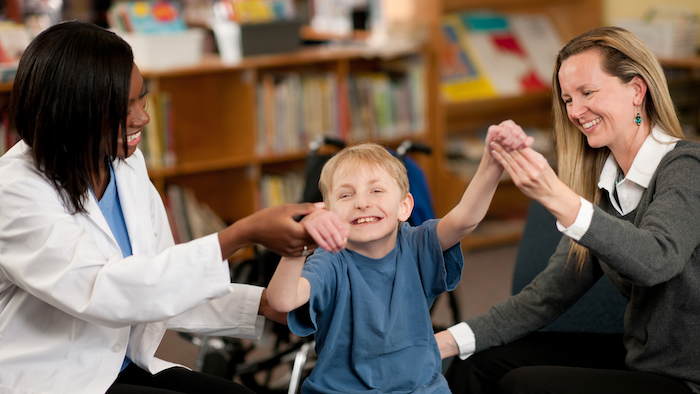
Bridging the Knowledge Gap: Pediatric Intellectual and Developmental Disabilities (IDDs)
In this presentation, we will provide an overview of pediatric intellectual and developmental disabilities and will explore the vital resources and supports designed to enhance the lives of individuals and their families. Our goal is to equip you with the knowledge to help families effectively navigate the educational, financial, and support systems both currently and as their children age.

Using Telehealth Counseling to Reach Agricultural Communities – A Clinician’s Perspective
This webinar will present the usefulness of telehealth communications as a way to promote and provide mental health services within agricultural communities and the industry. This will assist in helping understand the multiple benefits of utilizing telehealth from a logistical, financial, and clinical perspective. And how the use of telehealth services can remove barriers that have traditionally deterred members of agricultural/rural communities from seeking mental health treatment.
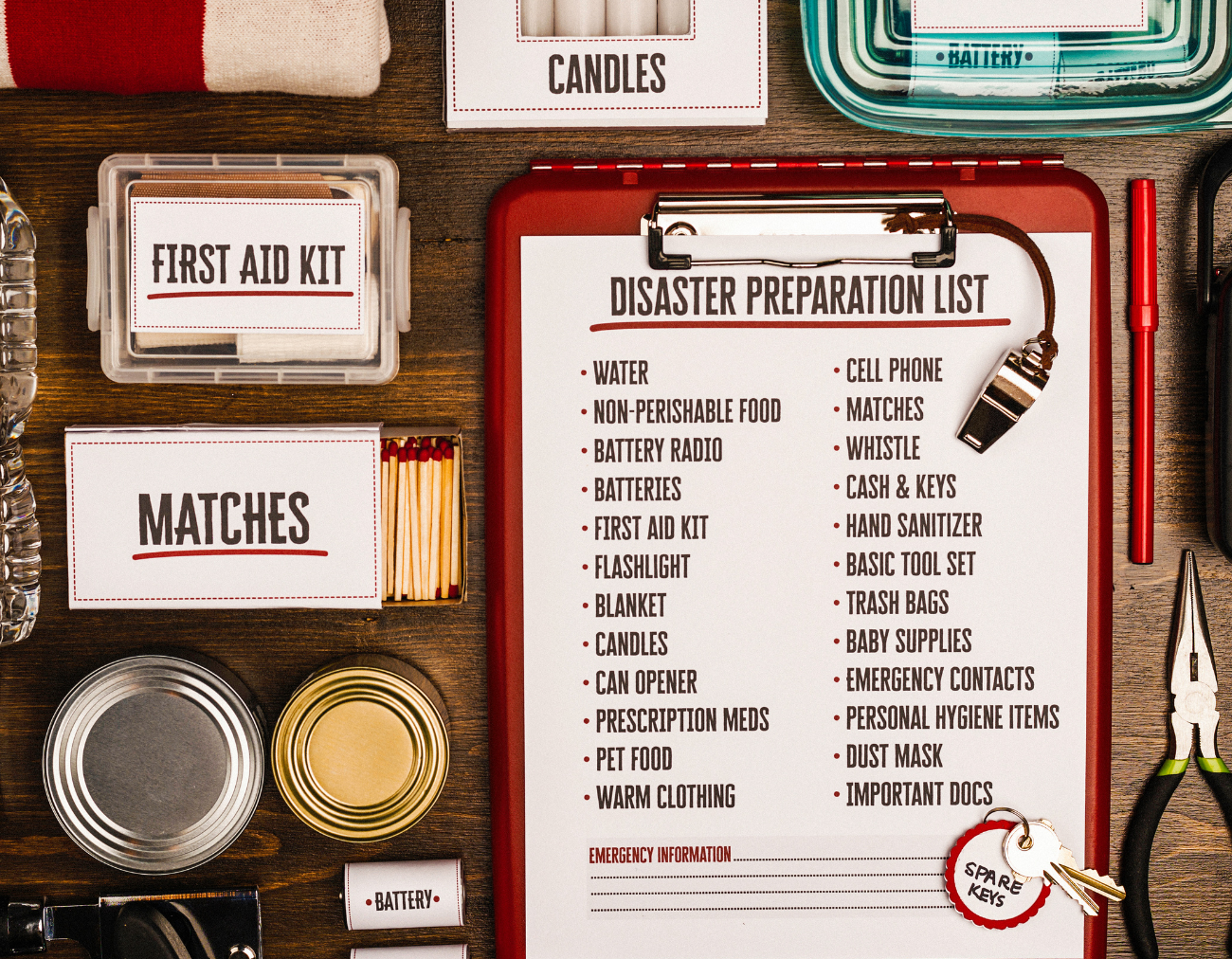
Resources to Support Disaster Preparedness and Response and Violence Prevention in Rural Communities
This presentation will share information and resources about disaster preparedness and response and violence prevention in rural communities. Presenters from the Rural Health Information Hub (RHIhub) and the NORC Walsh Center for Rural Analysis will discuss the Emergency Preparedness and Response Toolkit, Violence and Abuse topic guide, and other prevention-related resources for rural communities and leaders, emergency preparedness and response professionals, healthcare professionals, first responders, local public health departments, human and social services organizations, hospitals and other healthcare facilities, and others working to help and support rural communities recover from disasters and violence.
| Access Date | Quiz Result | Score | Actions |
|---|
Quick Search
Technical Difficulties
Submit a help ticket if you need technical assistance.
Having Computer Issues? Please check your internet browser and security settings to allow permissions for this website. Browsers: Microsoft Edge version 40 or higher; Chrome version 60 or higher, Firefox version 50 or higher; or Safari version 10.1 or higher. We recommend using Google Chrome or Firefox as your browser.
